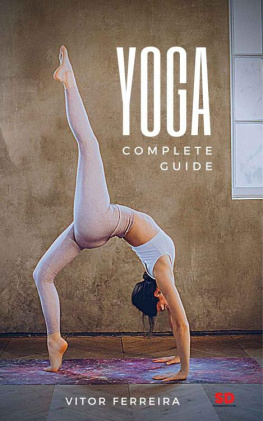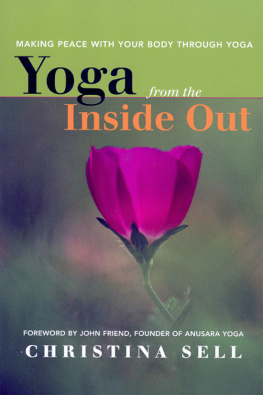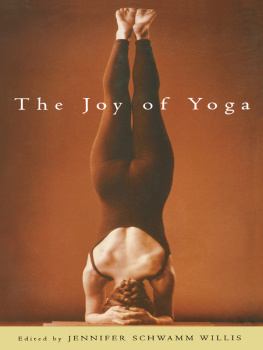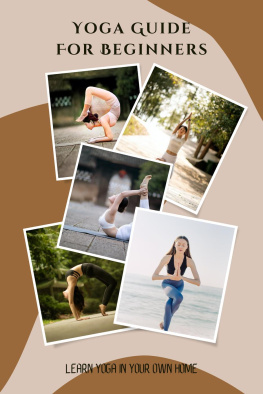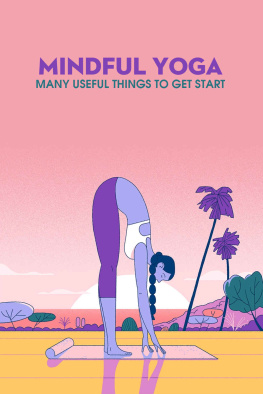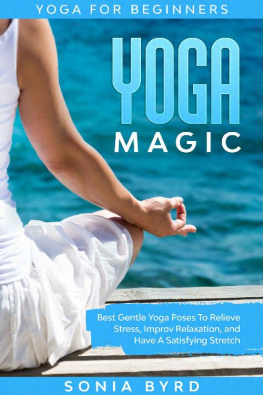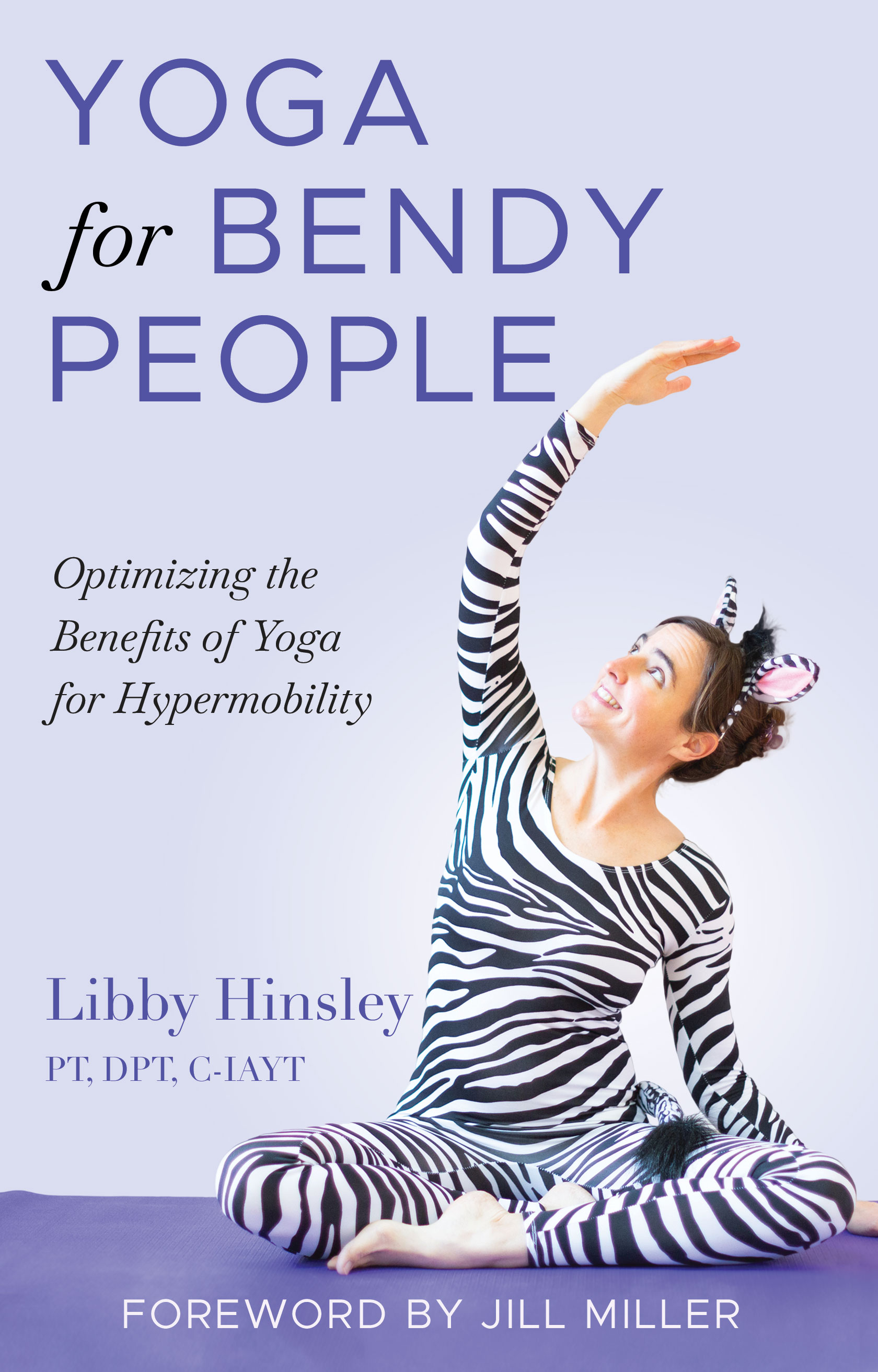This book is not intended to provide a diagnosis or treatment for Hypermobility Spectrum Disorder (HSD), Hypermobile Ehlers-Danlos Syndrome (hEDS), or any other condition, and it does not replace evaluation and treatment of a qualified healthcare professional. Please consult your doctor before undertaking any exercise program.
Foreword by Jill Miller
It all started innocently enough, my obsession with stretching.
I wanted to try out for the Flag Girls Team in seventh grade at Capshaw Junior High in Santa Fe. I was a young seventh-grader, a full year younger than all my peers. My twelve-year-old body was excessively lean due to my unchecked anorexia. The summer prior to seventh grade, I had discovered aerobics classes with my stepmother. It melted off thirty-five pounds of elementary school baby fat, and I was finally free from being teased.
To make the Flag Girls Team, I needed to be able to do cartwheels and drop into the splits, or so I thought. I had the cartwheel part, but splits were out of my range.
The road to splits could be conquered, I thought, with my moms Raquel Welch Yoga video. I had dabbled with it before and knew how painful stretching could be. Stretching had always hurt because I wasnt used to moving. I had been a completely sedentary child. I was a reader and doll player, the thick-glasses-wearing nerd kid affectionately called chubby by my family. But if I were on Flag Team, life would be better, and maybe Justin would think I was cool. He had green eyes and sandy blonde hair and could play every sport.
So, I prepared for two weeks, holding straddle splits and front-to-back splits longer and longer each day. By the end of my prep, I still couldnt do splits, but I could do something incredible: hold my body still for excessive amounts of time. This skill of long-held stretching for epochs would eventually turn into a career before it backfired on me and revealed my bodys true instabilities.
On the day of the audition, I had planned to run onto the gym floor doing a cartwheel into a round-off, followed by sliding into my best straddle-esque splits. After that, Id jump up and chant a cheer for our schools team, the Falcons.
They announced my name. I positioned myself at the far edge of the gym away from the judges and then ran screaming toward them, Go Falcons! I started my cartwheel, and as my feet flew overhead, my heavy glasses shot off my face like a missile and slid across the floor with the hiss of an ice skater slicing through an infinite rink. I could hear where my glasses landed due to the collectively held breath in the gym, but I couldnt see where they were because I was so near-sighted. I remember crawling on hands and knees, patting the floor, feeling for them. Finally, one of the other hopefuls handed them to me, and I pushed through the cheer.
Sat down.
Didnt make Flag Girls. Didnt date Justin.
But I did turn that newfound stretch concentration I had into my lifeline.
Something in me woke up as I prepared for that audition. It pivoted my life toward yoga. I started checking out yoga books at the library, got a subscription to Yoga Journal magazine (this was 1984, after all), and found that stretching and splitting was actually something I was really good at. The yoga helped quell my anxiety and ultimately helped me face my eating disorder. Unfortunately, it also became a crutch for me. While I weaned myself off food issues, I birthed a new problem that my dad, the doctor, called obsessive-compulsive stretching.
Years of practice and study passed, and I was that girl in the front of the class who could wrap both legs around her head and circle her clasped hands around her body like a limb jump rope. My yoga practice revealed to me that I was truly flexible. Even more than flexible, I was supremely mobile. I guess another way of saying this is: underneath my sedentary body was an underlying body type of hypermobility that would lead to chronic pain, degeneration, and surgeries all by the age of forty-five.
My yoga teachers and mentors encouraged me to teach because I could model poses just like them. What they didnt know in the 1980s and 90s is that they were about to close in on their own debilitating pain and degeneration issues because no one was truly practicing safe yoga for hypermobile students in this hall of mirrors.
In my early thirties, I became involved with the fascia research community in an attempt to help my own pain. Remarkably, I began to learn about the systemic issues that cluster with hypermobility. The one element that links hypermobility with a buffet of other surprising disorders is the foundational molecule within connective tissuecollagen. Fascia is loaded with collagen, and genetics frequently determine the natural tension and elasticity ranges within fascia. The bendy body types tend to proliferate laxity.
But collagen isnt just the foundational molecule within fascia and connective tissues. Collagen is the ubiquitous molecule that acts as a foundational substrate for every tissue in your body. When its unruly, it can leave a bendy person feeling confused and betrayed by their own body. Research reveals that hypermobile bodies suffer from ongoing challenges from poor coordination, bizarre allergies, bowel problems, anxiety and eating disorders, fainting spells, early-onset arthritis, auto-immune complexity, cardiovascular issues, prolapse, vision problems (that explains my thick glasses at age twelve!), and so much more.
Being hypermobile makes it very difficult to sense where your own body begins and ends. Its much like doing cartwheels blind in a gymnasium where you cant see or feel the floor. For my first two decades of yoga practice in my teens and twenties, I roamed freely in the gaping joints and connective tissues of my body until it frayed at its edges. My next two decades were spent playing Whack-a-Mole with an ever-growing list of odd symptoms, chasing after what I now know as intertwined pathologies.
The past twenty years of my life have been successful in eliminating practices that were hastening my tissues issues. It transformed my practice and career into one that educates others how to feel, see, hear, and understand what their body (whether hypermobile or not) is telling them and how to self-treat with self-myofascial release, body-mapping, and stability.
But my time did come. I had outlived a degenerating left hip that finally showed its disease to me after the birth of my second child. When my orthopedist assessed my forty-five-year-old painful hip at his clinic after viewing my bone-on-bone X-Ray, he circled my hip and said, Well, theres your pre-existing condition right therehypermobility.
I wonder if I had met Dr. Libby Hinsley in my twenties when I was really going for that end-range life, perhaps I could have learned to live in my body in a different way and still reap the benefits of yoga while managing my hypermobility. Ill never have that chance. But you, the reader, can and do have a new way of moving your practice in a healthy direction.


